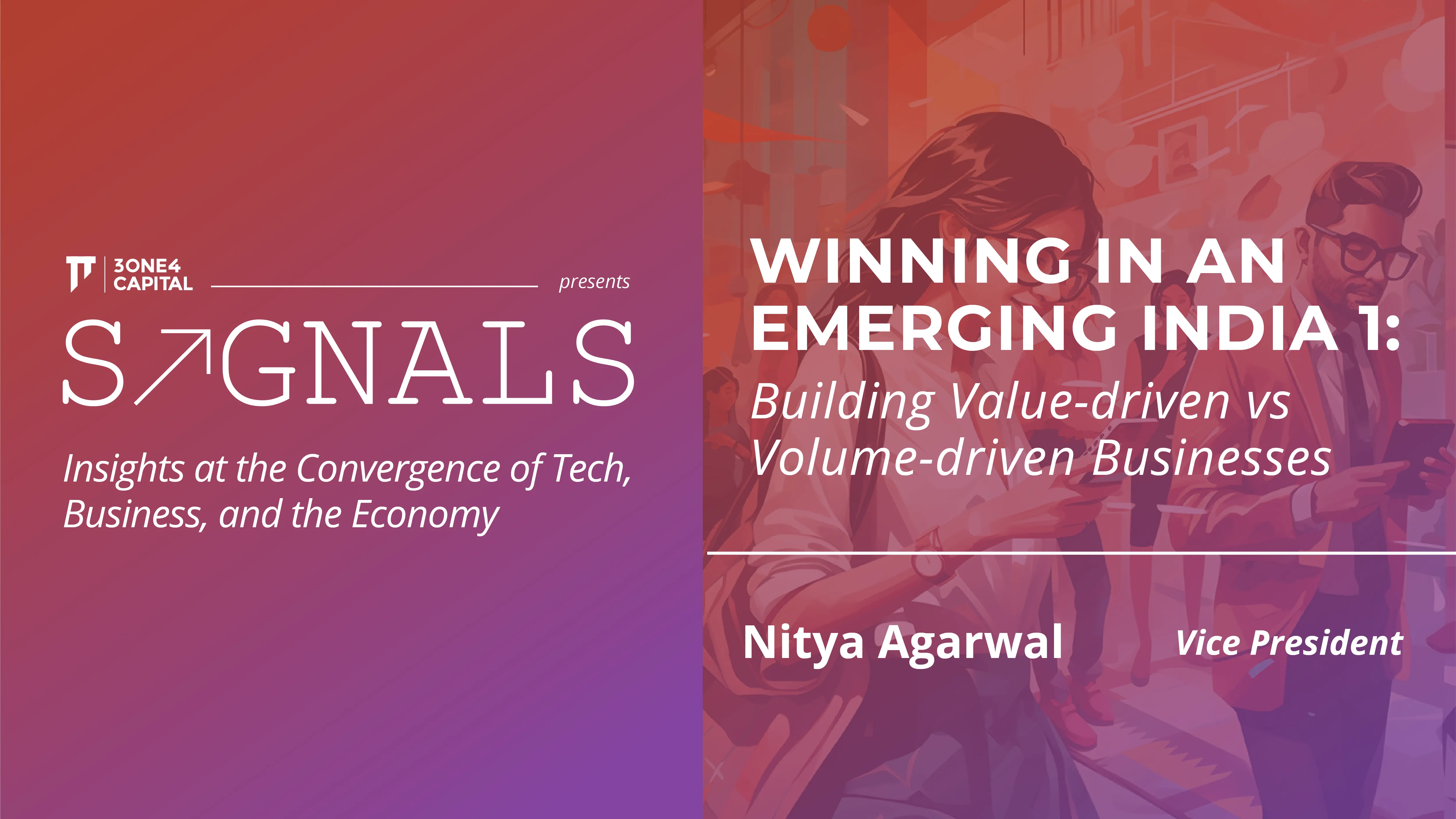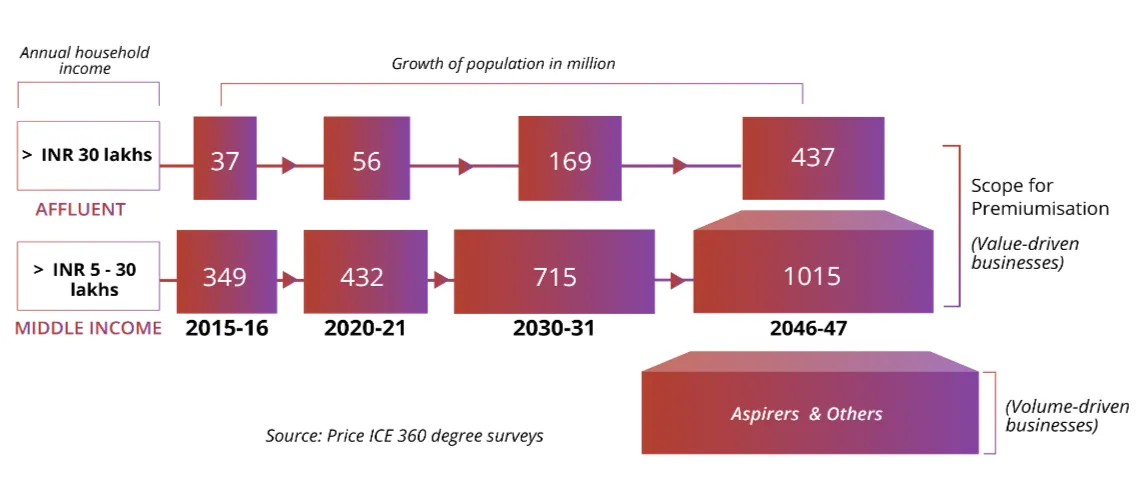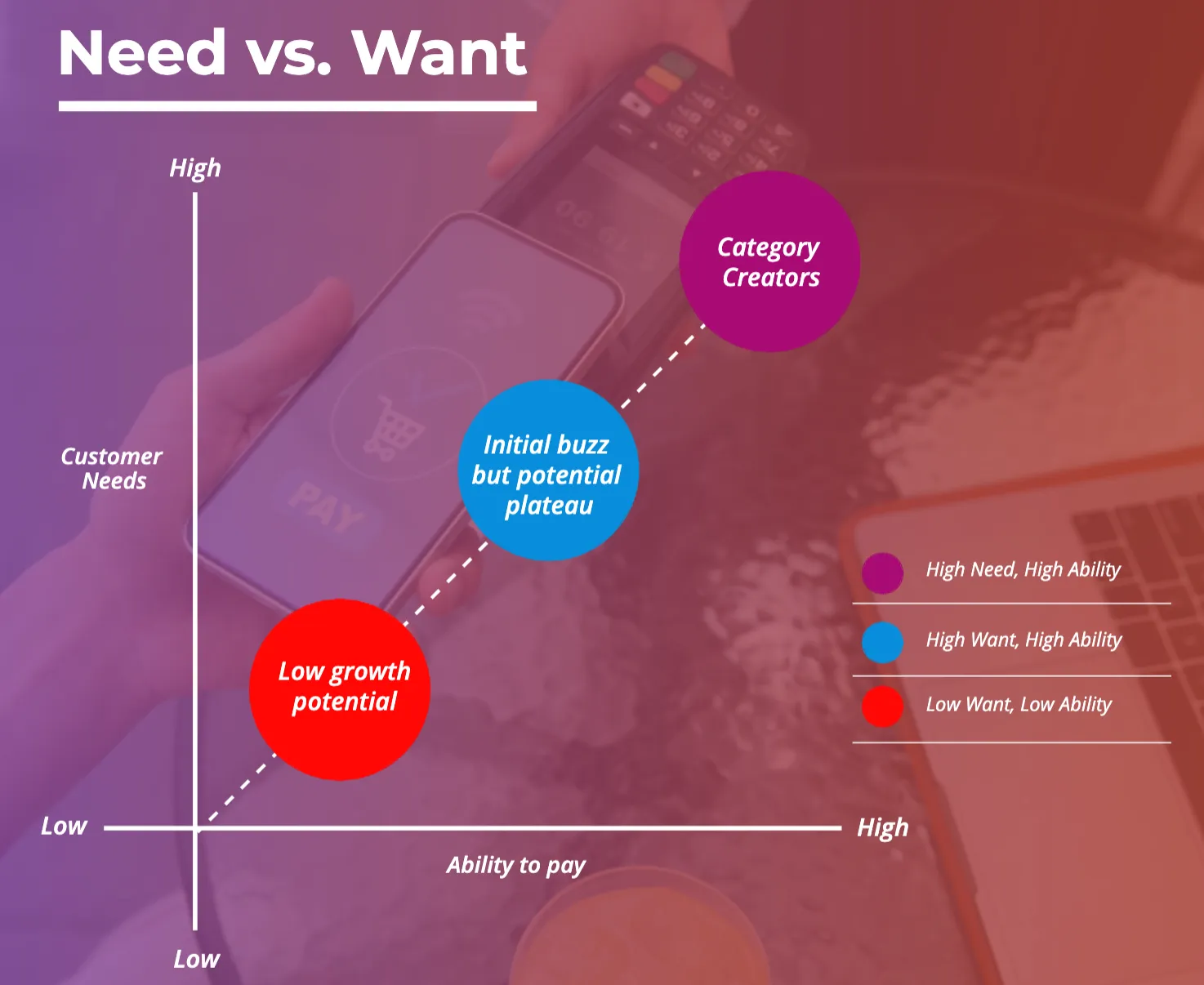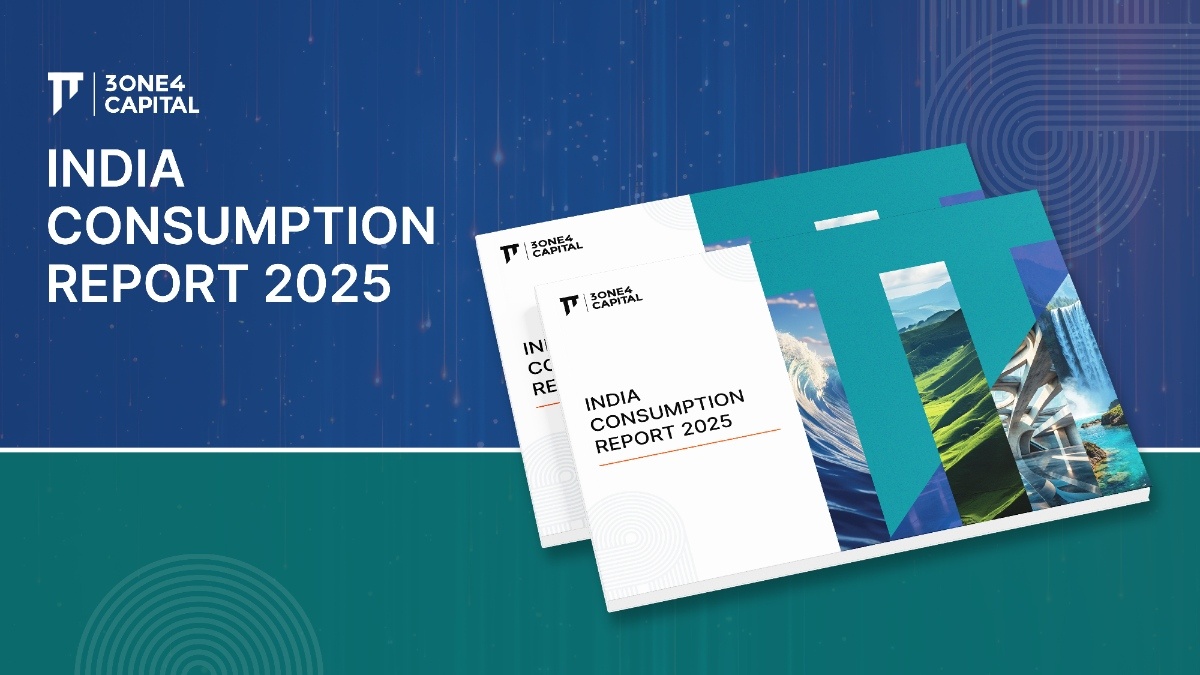
Winning in an Emerging India I: Building Value-driven vs Volume-driven Businesses
In a previous issue of Signals, titled "Unlocking The Next Frontier of Consumption in India," we explored the dynamic landscape of India's consumption economy in depth. As the article gained readership, it sparked a wave of engagement, culminating in an exclusive closed-door event - "The Consumption Economy."
One insight that particularly resonated with me during these discussions was the observation that, although category creators often think about winning a market, there are a few underlying principles that stand out. While there is no universal formula that guarantees success, there are pivotal indicators that contribute to what might be considered a 'winning formula.' In this article, we aim to delve further into the strategies and frameworks that enable the crafting of compelling value propositions, positioning businesses for success in the highly competitive consumer market.
Value-driven V/S Volume-driven
One of the first things that we often encourage entrepreneurs to reflect upon is the core of their offering. To understand this, it’s critical to understand the end user you are going after and what their intrinsic motivations are to buy your product.
At its core, a value-driven business unlocks the user's willingness to pay a premium. This is achieved through exceptional value and an unparalleled customer experience. On the other hand, we look at volume-driven businesses as offerings that aim to capture a significant market share by being competitively priced.
India’s diverse income pyramid presents a unique and nuanced challenge for entrepreneurs, one that requires them to think very deeply about the income and demography that they are going after before settling on building a value-driven V/S volumes-driven offering.

As a framework, the case for premiumisation becomes strong when targeting the upper echelon of the market. Therefore, if you're considering developing a premium product suite, regardless of the category, it's essential to conduct a thorough analysis of high-tier consumers to grasp their specific needs and preferences.
At 3one4 Capital, we are particularly enthusiastic about category creators who can develop premium offerings that meet the end customer's needs, not just wants. We've found that price elasticity decreases where consumer needs intersect with their financial capability to pay.
Solving for wants (and not needs) often leads to an initial wave of consumer love but often results in a growth plateau over time, as retaining customers to drive repeats becomes a challenge.

For instance, staples as a category, despite being essential needs, not wants, has remained largely stagnant for decades, failing to adapt to evolving consumer demands. This presents a lucrative gap in the market for innovative players who can offer a premium experience built on nutrition, freshness, and overall value.
The branded food staple market is on track to explode in size, reaching a staggering INR 105,123.34 crore by 2031, growing at a robust CAGR of 10.1% from 2022 to 2031.
Building Value-driven Businesses
If you are building a value-driven brand in India, it is imperative to keep the end user at the core of your business strategy. Some factors to keep in mind include:
Solve for Customer Experience and Perceived Value
In the case of most value-driven brands, it is imperative to create an appeal that goes beyond the touch and feel aspect of the physical product. Whether it’s functional or incremental value, obsessing over little details of the consumer experience is critical to creating and sustaining the legacy of a value-driven brand.
For example, Licious, one of our portfolio companies, exemplifies customer-centric innovation by deeply engaging with its consumers to grasp their meat purchasing requirements. Traditionally sold in plastic bags, Licious transformed the entire customer experience by significantly enhancing its supply chain and packaging. This investment redefined the industry standard, positioning the Licious brand as a hallmark of quality, hygiene, and seamless delivery.
Consistently Iterate on the User Persona
Cultivating a truly value-driven enterprise hinges on continuous experimentation to refine your understanding of ideal customer profiles and their associated demographics. Often, a distinct user segment emerges as early adopters, playing a pivotal role in propelling your brand's growth. By meticulously analysing their behaviours and demand trends, you gain invaluable insights that translate into a decisive competitive advantage within today's highly dynamic market landscape.
For instance, in our experience with Kapiva, one of the companies in our portfolio, we discovered that one significant customer persona is a mother in a family who prefers Ayurvedic solutions for various needs: effective health management for elders with chronic conditions, enhanced immunity for children, and preventive care for herself and her spouse. This insight revealed not just multiple engagement opportunities with this consumer segment but also the potential for creating targeted upsell strategies to improve customer retention.
On the other hand, it is no surprise that India is a volume-driven economy. Over the last few years, we’ve seen brands carve out a niche for themselves to serve this large and growing market.
Building Volume-driven Businesses
Mass India presents a unique opportunity for entrepreneurs to build large outcomes on the back of optimised economics and distribution channels. For companies aiming to build for mass India, it is critical to deeply think about:
Price Mix
While it may seem tempting to undercut incumbents as a new entrant, our experience warns against this approach. In most cases, replicating an existing competitor's price point while building profitable economics at scale proves incredibly challenging. Therefore, we encourage founders to delve deeper into their cost structures before finalising pricing strategies.
Instead, we've observed a burgeoning trend of regional brands achieving success by focusing on solving critical local needs. This allows them to command premium pricing and build sustainable businesses. By addressing underserved gaps in the market, these brands cultivate loyal customer bases willing to pay for solutions that resonate with their unique realities.
DS Group's hard-boiled candy, Pulse, is a prime example of a volume-driven business achieving remarkable scale. Within eight months of launch, it reached a staggering INR 100 Crore, mirroring Coke Zero's feat – all this with minimal advertising expenditure.
While the hard-boiled candy market wasn't uncharted territory, existing players mostly offered 50 paisa varieties. Pulse challenged the norm by introducing a unique twist: a tangy, salt-filled center within a refreshing mango flavor. This innovation resonated with consumers, propelling Pulse to immense popularity for its distinct taste profile. Notably, it commanded a premium price of Rs 1 per unit, a 100% mark-up compared to rivals.
Distribution
For volume-driven businesses, crafting an efficient distribution strategy is crucial to generate exceptional demand. Unfortunately, many players struggle with self-built distribution, experiencing channel conflict and inefficient trade spend allocation due to poor penetration and product leakage.
Since this demand predominantly lies in the offline landscape, partnering with the right distributors becomes key to cost-effectively attracting and servicing customers. Here are some critical factors to consider when choosing a distribution partner:
- Retailer network penetration: How extensive is their reach across relevant retail segments and regions?
- Fill rate: Can they consistently fulfill orders and avoid stockouts?
- Brand spend transparency: Do they offer clear and traceable data on marketing and promotional investments?
- Geographical reach: Does their network align with your target demographic and distribution needs?
At 3one4, we recognise this challenge and are proud to back Ripplr, India's largest tech-first B2B distribution platform. Ripplr empowers brands to achieve offline scale through an asset-light model, acting as a bridge between brands and retailers to create fully automated, plug-and-play operations.
Working Capital
While the case for volume-driven businesses is compelling, it also requires a fair bit of upfront working capital investment in inventory and channel. It is critical to understand and underwrite scale as a function of the availability of working capital. Leveraging debt at a competitive price is a strategy that’s often used to solve for this.
- In our recent experience, we are witnessing that banks are increasingly finding it attractive to provide asset-backed loans for this segment at a competitive price.
- We’ve also seen companies explore offerings like revenue based financing to fulfill this gap.
Capitalising on the Shift Towards Premium
The case for value-driven businesses is gaining prominence across the globe as large FMCG brands are also launching premium alternatives to their traditional offerings to capture larger profit pools. With an all time high internet penetration and evolving aspirational needs of the India consumer, we believe that this is a truly exciting time for entrepreneurs to thrive in the consumption economy by disrupting categories that are ripe for value-driven businesses.
DISCLAIMER
The views expressed herein are those of the author as of the publication date and are subject to change without notice. Neither the author nor any of the entities under the 3one4 Capital Group have any obligation to update the content. This publications are for informational and educational purposes only and should not be construed as providing any advisory service (including financial, regulatory, or legal). It does not constitute an offer to sell or a solicitation to buy any securities or related financial instruments in any jurisdiction. Readers should perform their own due diligence and consult with relevant advisors before taking any decisions. Any reliance on the information herein is at the reader's own risk, and 3one4 Capital Group assumes no liability for any such reliance.Certain information is based on third-party sources believed to be reliable, but neither the author nor 3one4 Capital Group guarantees its accuracy, recency or completeness. There has been no independent verification of such information or the assumptions on which such information is based, unless expressly mentioned otherwise. References to specific companies, securities, or investment strategies are not endorsements. Unauthorized reproduction, distribution, or use of this document, in whole or in part, is prohibited without prior written consent from the author and/or the 3one4 Capital Group.


.webp)












